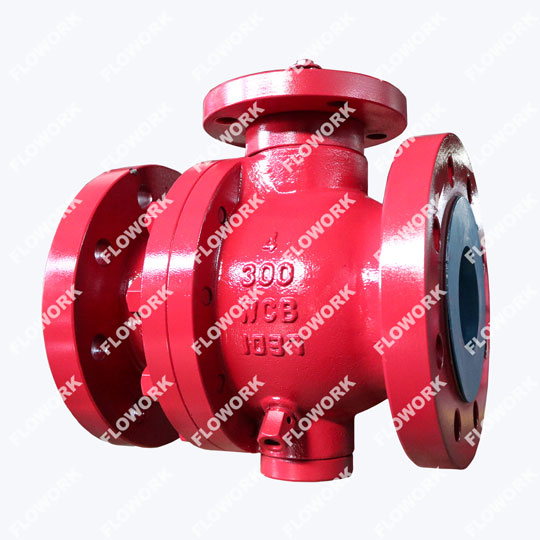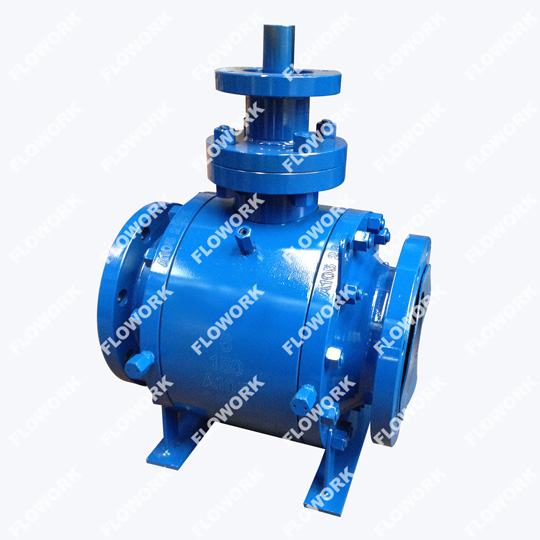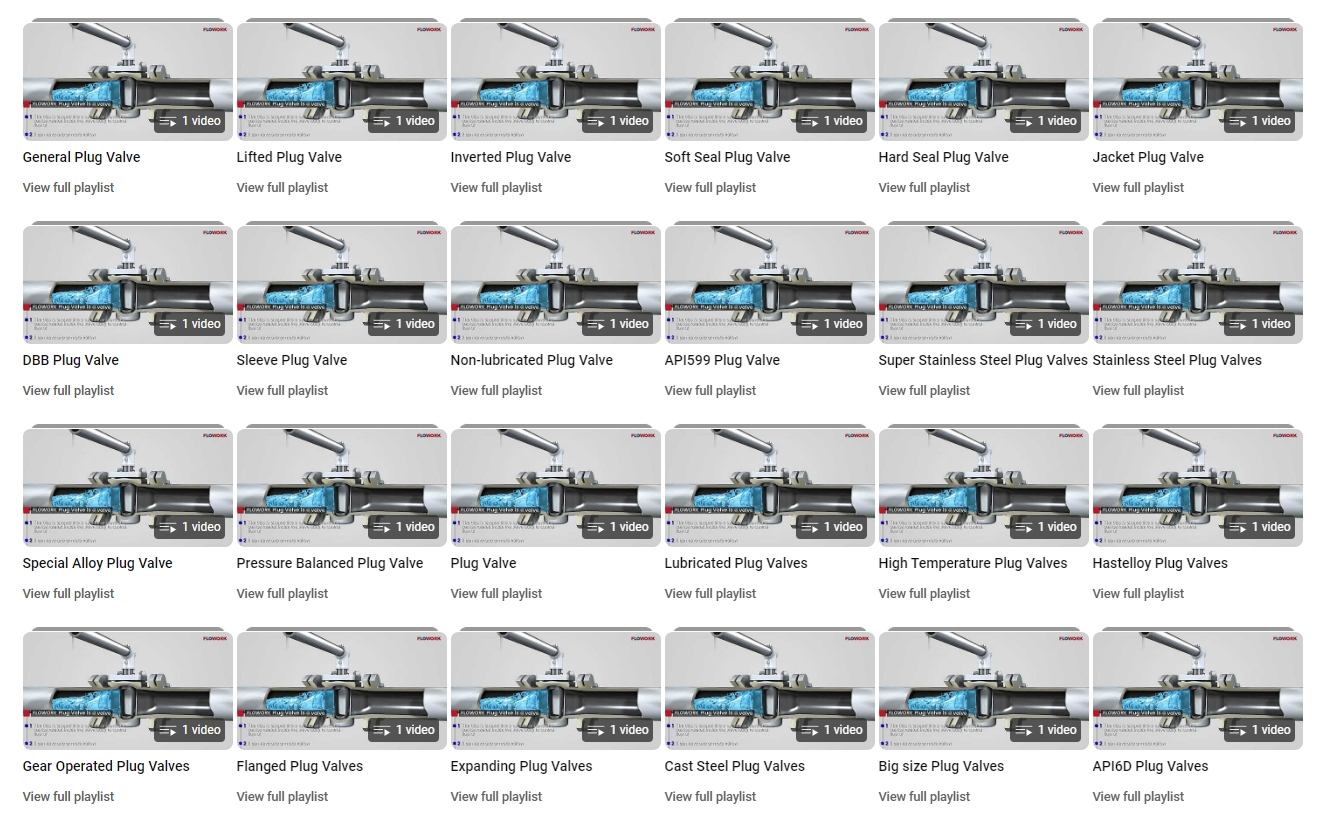How do you make a metal to metal seal ball valve?
How to make a metal-to-metal sealing ball valve. Faced with the question How do you make a metal to metal seal ball valve, I not only need to understand its working principle and performance requirements, but also have an in-depth discussion of its manufacturing process and material selection. Today, I want to walk into this professional field with you and explore how metal-to-metal sealing ball valves are manufactured.
1. Material selection
The first thing we have to consider is material selection. For metal-to-metal sealed ball valves, commonly used materials include carbon steel, stainless steel, alloy steel, etc. These materials have the characteristics of high strength, corrosion resistance, and good sealing performance. Among them, stainless steel materials have great advantages in anti-corrosion performance and aesthetics, but in high temperature and high pressure environments, carbon steel and alloy steel have more advantages, fugitive emission gate valve.

2. Manufacturing process
Casting: The manufacture of metal-to-metal sealed ball valves begins with casting. According to the design drawings, the selected materials are poured into the mold, and through processes such as smelting, pouring, and cooling, the various components of the ball valve are formed. This link is crucial to ensure the quality and performance of ball valves.
Mechanical processing: After casting is completed, each component of the ball valve must be machined. This includes turning, milling, drilling and other processes to achieve the precise size and shape of each component. For key parts such as sealing surfaces, precise processing equipment and high-precision measuring instruments are required to ensure their flatness and smoothness.
Assembly and debugging: After mechanical processing, the components are assembled together to form a complete ball valve. During this period, the ball valve must be strictly tested and debugged to ensure its flexible opening and closing and good sealing performance. In addition, for special high-pressure or high-temperature environments, more stringent testing is required to ensure the stability and reliability of ball valves under extreme conditions, bronze flanged gate valve.
3. Sealing design
The core of the metal-to-metal sealing ball valve lies in its sealing design. Generally speaking, the sealing surface of ball valves adopts a conical or spherical design, which can effectively reduce fluid leakage. At the same time, arranging elastic materials, such as rubber or polytetrafluoroethylene, around the sealing surface can enhance the adaptability to different fluids and temperatures while ensuring sealing performance.

4. Quality inspection and control
Quality inspection and control are carried out throughout the manufacturing process. For each process and link, strict quality inspection and records are required. This includes material chemical composition analysis, metallographic inspection, non-destructive testing, etc. to ensure that the quality and performance of the product meet expected requirements.
5. Operation and maintenance
Operation: Operating a metal-to-metal sealed ball valve requires specialized skills and knowledge. According to different working environments and fluid characteristics, operators need to understand the operating pressure, temperature, flow rate and other parameters of the ball valve, and be familiar with the structure and operation method of the ball valve. During operation, the sealing performance and switch flexibility of the ball valve should be regularly checked to detect and solve potential problems in a timely manner, bronze plug valve.
Maintenance: In order to ensure the long-term stable operation of metal-to-metal sealed ball valves, regular maintenance and upkeep is essential. This includes cleaning the inside of the ball valve, replacing seals, lubricating bearings, etc. During the maintenance process, operating procedures should be strictly followed to avoid damage to the ball valve or reduction of its service life due to improper operation.
6. Application and Development
Metal-to-metal sealed ball valves are widely used in many industrial fields, such as petrochemical, electric power, water treatment, etc. With the continuous development and advancement of industrial technology, the performance and reliability requirements for ball valves are becoming higher and higher. In order to meet market demand, future metal-to-metal sealed ball valves will develop in the direction of high efficiency, energy saving, and environmental protection. At the same time, with the emergence of new materials and new processes, the structure and performance of ball valves will be further optimized and improved, bronze wafer check valve.
Manufacturing metal-to-metal sealed ball valves is a professional and rigorous job. From material selection to manufacturing process, to operation and maintenance, every link requires meticulous operation and strict quality control. In the future, with the continuous advancement and innovation of science and technology, I believe that metal-to-metal sealed ball valves will be further improved in performance and reliability, bringing more convenience and benefits to industrial production.








